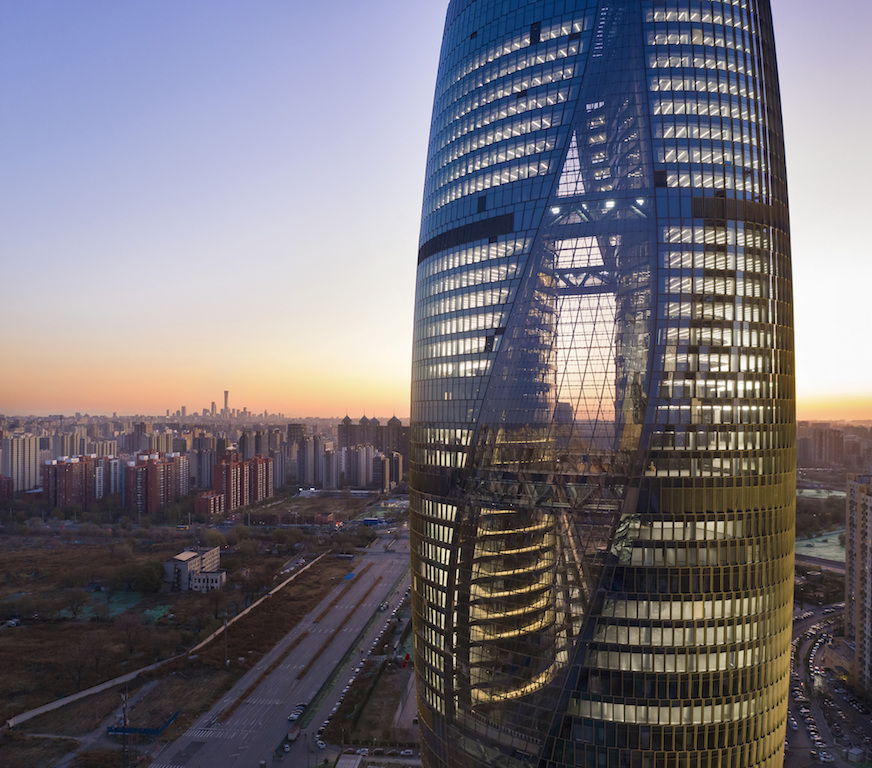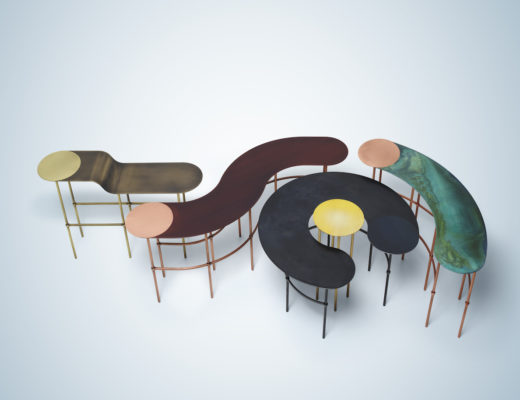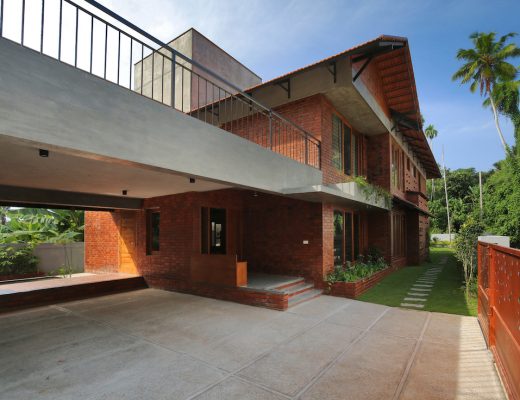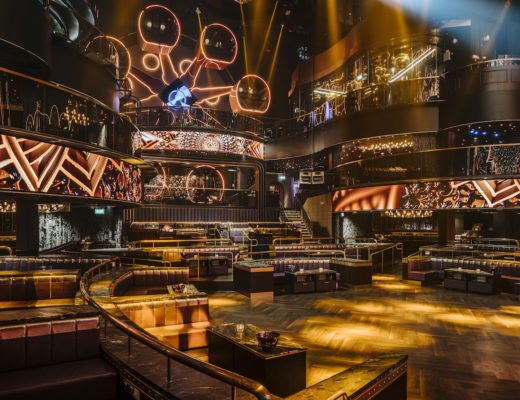Zaha Hadid Architects-designed Leeza SOHO is now open. Located on Lize Road in southwest Beijing, the 45-storey 172,800m² tower anchors the new Fengtai business district – a growing financial and transport hub between the city centre and the recently opened Beijing Daxing International Airport to the south.
The new business district is integral to Beijing’s multi-modal urban plan to accommodate growth without impacting existing infrastructure networks in the centre of the city. While Satoshi Ohashi was the project director, Philipp Ostermaier was the project architect.
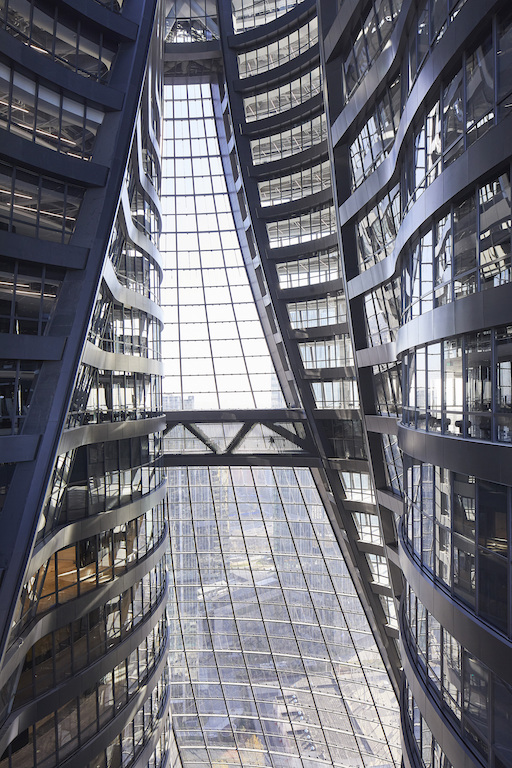

Leeza SOHO tower responds to demand from small and medium-sized businesses in Beijing for flexible and efficient Grade A office space. Adjacent to the business district’s rail station at the intersection of five new lines currently under construction on Beijing’s Subway network, Leeza SOHO’s site is diagonally dissected by an underground subway service tunnel.
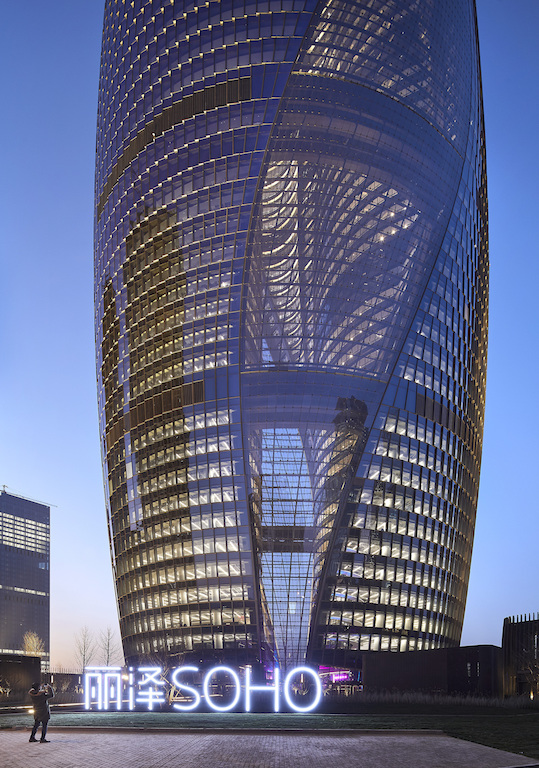
Straddling this tunnel, the tower’s design divides its volume into two halves enclosed by a single facade shell. The emerging space between these two halves extends the full height of the tower, creating the world’s tallest atrium at 194.15m which rotates through the building as the tower rises to realign the upper floors with Lize road to the north. This rotation of the atrium intertwines Leeza SOHO’s two halves in a dynamic ‘pas de deux’ with connecting sky bridges on levels 13, 24, 35 and 45; its glazed facade giving panoramic views across the city.
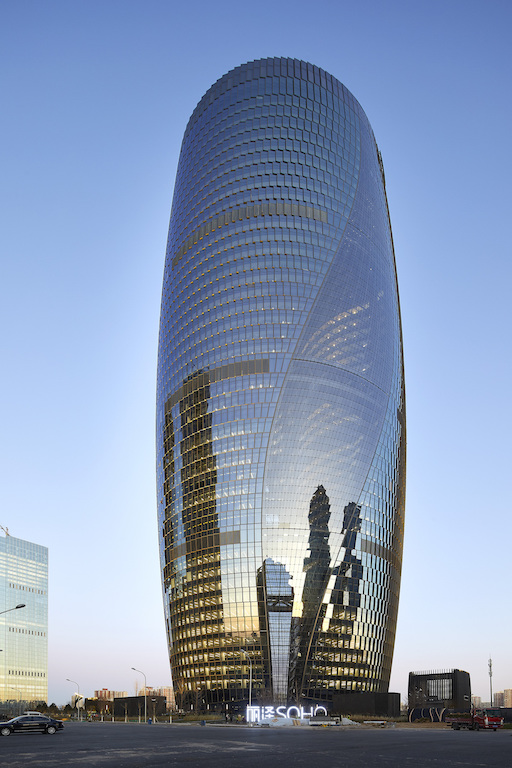
Leeza SOHO’s atrium acts as a public square for the new business district, linking all spaces within the tower and providing varying views due to its twisting, sculptural form; creating a fantastic new civic space for Beijing that is directly connected to the city’s transport network. The atrium brings natural light deep within the building, acting as a thermal chimney with an integrated ventilation system that maintains positive pressure at low level to limit air ingress and provides an effective clean air filtration process within the tower’s internal environment.
The tower’s double-insulated, unitised glass curtain wall system steps the glazing units on each floor at an angle, providing narrow ventilating registers to draw outside air through operable cavities where required; creating extremely efficient environmental control for each floor. The two halves of the tower shade the atrium’s public spaces, while the double-insulated low-emitting glazing maintains a comfortable indoor environment in Beijing’s extreme weather conditions.
Zaha Hadid Architects and SOHO China have implemented proven technologies to make the building energy-efficient by reducing the energy consumption and emissions at each of their four collaborations, including mixed-use urban spaces in both Beijing and Shanghai.
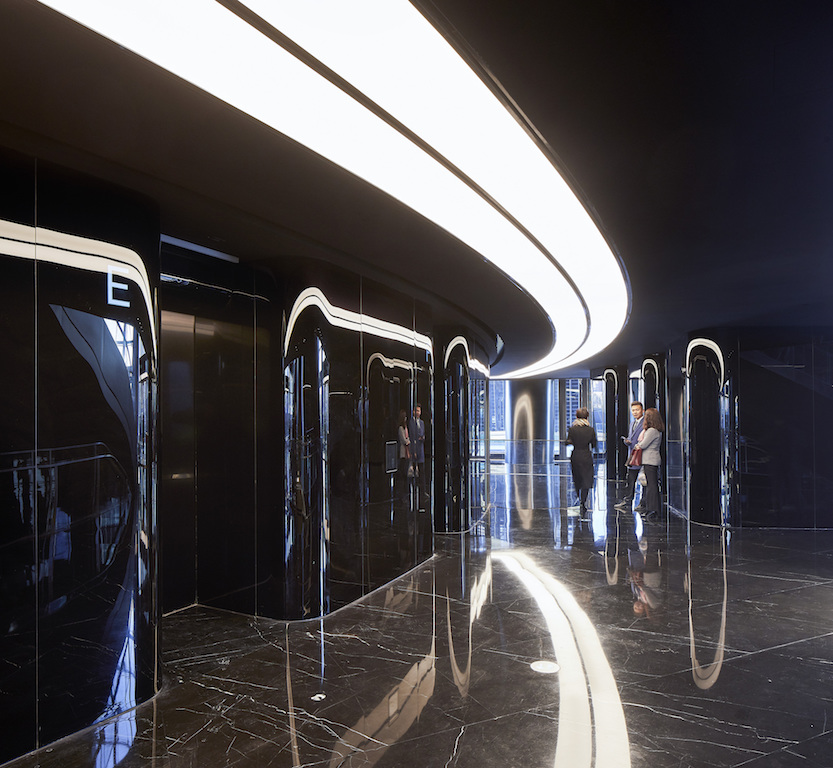
Designed to achieve LEED Gold certification by the US Green Building Council, Leeza SOHO’s advanced 3D BIM energy management system monitors real-time environmental control and energy efficiency. These systems also include heat recovery from exhaust air and high-efficiency pumps, fans, chillers boilers, lighting and controls. The tower incorporates water-collection, low-flow rate fixtures and greywater flushing as well as an insulating green roof with photovoltaic array to harvest solar energy.
The building also features 2,680 bicycle parking spaces, with lockers, shower facilities and dedicated charging spaces for electric and hybrid cars located below ground.
Photos: Hufton+Crow

